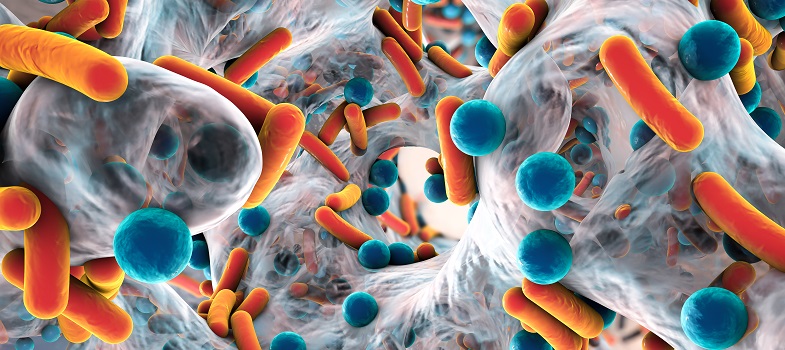If you are interested in helping us with a piece of research about your online learning experience, please complete this survey.
Antimicrobial resistance (AMR) is a major global concern because drug-resistant infections can kill, spread to others, and impose huge costs on individuals and society. In order to tackle this problem we first need to understand it; we can do this by collecting and sharing high-quality data that is relevant to AMR.
Data relating to AMR means that trends in resistance and antimicrobial use can be monitored and used to make better decisions to help tackle the AMR crisis. As an AMR surveillance professional, you have a key role to play in this surveillance process, whether it is in collecting, analysing or interpreting data, or in using the data to develop new policies and practices.
This Fleming Fund course, Tackling antimicrobial resistance, comprises a series of online modules. The aim of this course is to help you to identify, develop and apply skills and knowledge relevant to your role in order to change and improve your working practice and the practice of people that you work with.
You will start Introducing antimicrobial resistance by exploring how antibiotics can exert powerful antibacterial effects and yet be generally well tolerated by people and animals, focusing on the different modes of antibiotic action. You will then consider how bacteria develop
resistance in order to protect themselves from antibiotics. You will explore the main mechanisms of antibiotic resistance, as well as the differences between intrinsic and acquired resistance, including how acquired resistance is transferred
from one bacterium to another.



